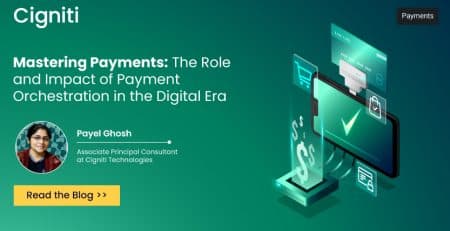How to Ensure Smooth Functionality of Embedded Payments in a Website or Application
While using any non-payment app or website, sometimes we have a smooth, frictionless, seamless payment experience. Payment processes are so integrated or embedded within the non-payment apps or websites that there are no hiccups or interference while paying.
Some applications have integrated payments, while others have embedded payment processes. There is some difference between the two – integrated payments and embedded payments. The approaches to incorporating the payment functionality differ.
In applications with integrated payments, the payment processes are connected through APIs, enabling users to pay via a separate webpage or portal. Embedded payment processes are part of the software in applications that do not offer integrated payments, which allows users to complete payments without exiting the application.
From a customer’s point of view, paying for flight bookings and Amazon purchases differs. Typically, flight bookings involve integrated payments, while Amazon purchases involve embedded payments. Integrated payments carry a risk of slow payment processing, which can result in payments getting stuck midway. In contrast, applications with embedded payments eliminate the risk of payment interruption. When using direct wallet deduction, no input may be required from the customer, and the payment will be processed automatically. This blog will solely focus on embedded payments.
Embedded payments come with significant advantages.
- As payment operations are integrated directly into the software application, payment processing remains uninterrupted, eliminating the possibility of payment interruption that can occur with integrated payments.
- Clients can contact a single application supplier for all services or issues, simplifying the process for both the consumer and the software vendor.
- Software vendors can generate more revenue since they are not required to split profits with outside payment processors. Due to the potential financial impact on software companies, embedded payments are an attractive alternative for organizations looking to increase revenue.
Embedded payments are growing in popularity in B2C and B2B markets, benefiting customers and businesses with fast, easy, and friction-free payments.
On the B2B payment side, businesses connect to suppliers, vendors, and other partners. Embedded payments can help them improve their relationships with partners and suppliers by providing a seamless payment process. Automatic recurring payments can be set up for vendors, suppliers, and partners, which reduces business overhead.
Businesses can benefit from their customers and suppliers if they have an embedded payment process in place.
Businesses that use embedded payment software can benefit in several ways.
- There is a reduction in the time taken to transfer funds between companies, which can help streamline operations.
- Easy reconciliation can decrease receivables and improve cash flow management.
- There is a reduction in processing fee costs.
- Having a seamless payment process can increase customer loyalty and generate referrals, thereby boosting sales and efficiency.
- Embedded payments can also reduce competitive risks for businesses.
- Businesses can provide unified commerce to both offline and online customers, enhancing the overall customer experience.
To offer a seamless payment experience to customers and businesses, there are three options available. The first option is to build a payment solution from scratch and integrate it into the application. This approach gives complete ownership to the application provider. The second option is to partner with a payment facilitator, who will embed their payment solution into the application. Here, ownership is shared between the payment facilitator and the application provider. The third option is for payment facilitators to offer embedded payment solutions as part of their service, where the entire ownership lies with the payment facilitator. Each of these options has its pros and cons, and businesses must choose the one that best suits their needs and priorities.
Before embedding payments into software, several challenges must be addressed to ensure a smooth transition. The first challenge is identifying the manual touchpoints in the existing payment process and determining how to automate them. Next, it is essential to assess the existing processes and systems to identify areas that need to be updated to accommodate the embedded payment system. The cost of integrating new technologies must also be considered, as it can be significant, and businesses must determine whether the investment is worth it. Finally, ensuring the security of financial data is critical to building trust with customers and partners.
Businesses must have robust security measures in place to protect against fraud and data breaches, which can have severe consequences for both the business and its customers. Addressing these challenges early on can help businesses successfully implement embedded payment systems and reap the benefits they offer.
To ensure proper functionality and compliance in embedded payment systems, it is essential to implement various measures such as seamless integration of frontend and backend processes, secure storage of payment credentials, compliance with data storage and reporting, notifications for payments, and easy dispute handling. It is also important to adhere to PCI Compliance and regulatory changes, generate and manage correct invoices, and ensure scalability for future payment innovations.
Conclusion
To ensure the proper functioning of an embedded payment system, comprehensive testing is necessary. The testing process should cover areas such as functional, integration, security, performance, and compliance testing. Specific points to be considered during testing include invisible integration, proper execution of existing system functionality, terminal integration, and connectivity to receive payment messages, transaction data records storing and reporting, settlement, billing, and invoicing, loyalty program functionality, dispute handling, UI functionality, and application security. Adequate testing helps to guarantee the smooth operation of an embedded payment system.
Cigniti, with its deep BFSI domain knowledge and testing expertise with separate Security CoE and Performance CoE, can help you in your Embedded Payments Quality Assurance services. To speak to our Center of Excellence Teams to ensure that your embedded payments functionality is working as you want, please reach out to us to schedule a discussion.





Leave a Reply